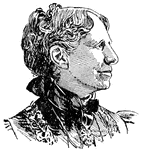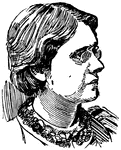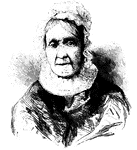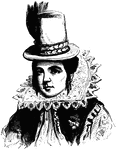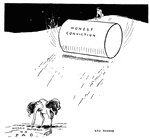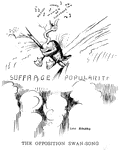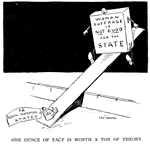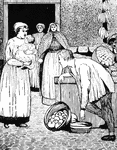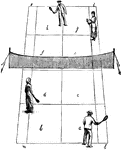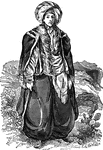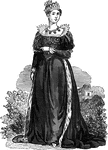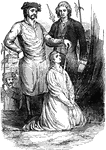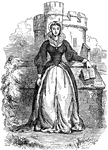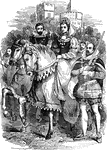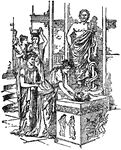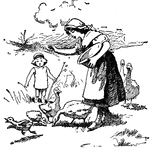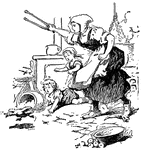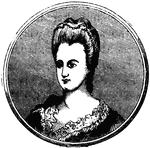
Esther Reed
(--1780) provided relief to American soldiers in the revolution. Wife of General Joseph Reed.

Sarah Bache
(1744-1808) Provided relief to American soldiers in the revolution. Daughter of Benjamin Franklin.
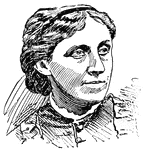
Louisa May Alcott
(1832-1888) Children's author who wrote Little Women amongst other children's stories.
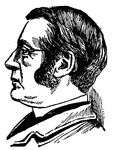
Charles W. Eliot
(1834-1926) Educator who became president of Harvard and presided over a period of great growth which…
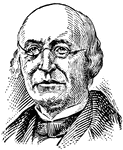
William L. Garrison
(1805-1879) Journalist and early abolitionist who also fought for prohibition and Women's Rights
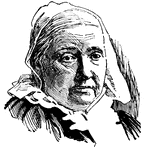
Julia Ward Howe
(1819-1910 ) Writer of the Battle Hymn of the Republic. Howe was also an advocate of woman's suffrage…
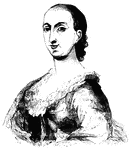
Rebecca Brewton
(--1815) American Patriot who helped troops in South Carolina during the Revolutionary War.

Mary Phillipse
(1370-1825) George Washington's first love who was one of the only women to be accused of Treason during…

Grace and Rachel Martin Capturing Two British Officers
Two women dressed as men arresting a pair of British officers.
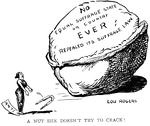
Women's Suffrage Cartoon - Uncrackable
"A nut she doesn't try to crack. No equal suffrage state or country ever repealed its suffrage law."

Women's Suffrage Cartoon - The Attraction
"The attraction. Meeting will be addressed by a good looking suffragette by order of committee. Busy…
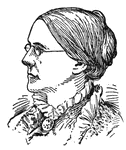
Susan B. Anthony
(1820-1906) Susan B. Anthony was a school teacher who became a prominent agitator for the abolition…

Evacuation of Corinth
Evacuation of Corinth, Mississippi- Confederate fortifications, from the northern angle, looking south-…
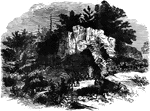
Killing's Cave
"Killing's Cave, on the banks of the Potomac, near Sharpsburg, the place of refuge of many citizens…

Thanksgiving Ball
"Soldiers and women participating in a Thanksgiving Ball. Thanksgiving festivities at Fort Pulaski,…

President Lincoln
"President Lincoln riding through Richmond, Va., April 4th, 1865, and the enthusiastic cheers of the…

Gustavus Adolphus
"Gustavus Adolphus entered Germany at the head of 16,000 men. Among some of the Protestants there was…

Western Train
"A western emigrant train. The occupation of the west. With every year the line of settlements was pushed…
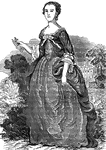
Martha Washington
Martha Danridge was born in the county of New Kent, Virginia, in May, 1732. Martha was a widow of Park…
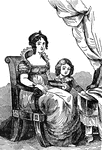
Maria Louisa
The second wife of Napoleon Bonaparte. Born December 12, 1791 and died on December 17, 1847.
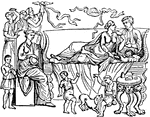
Accubatio
"The act of reclining at meals. The Greeks and Romans were accustomed, in later times, to recline at…
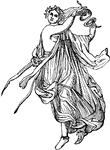
Calceus
"A shoe or boot, anything adapted to cover and preserve the feet in walking. The use of shoes was by…
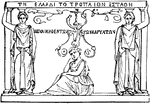
Caryatides
"Caryae was a city in Arcadia, near the Laconian border, the inhabitants of which joined the Persians…
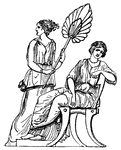
Cathedra
"A seat or chair, was more particularly applied to a soft seat used by women, whereas sella signified…
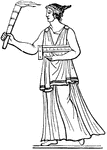
Cista
"A small box or chest, in which anything might be placed, but more particularly applied to the small…


